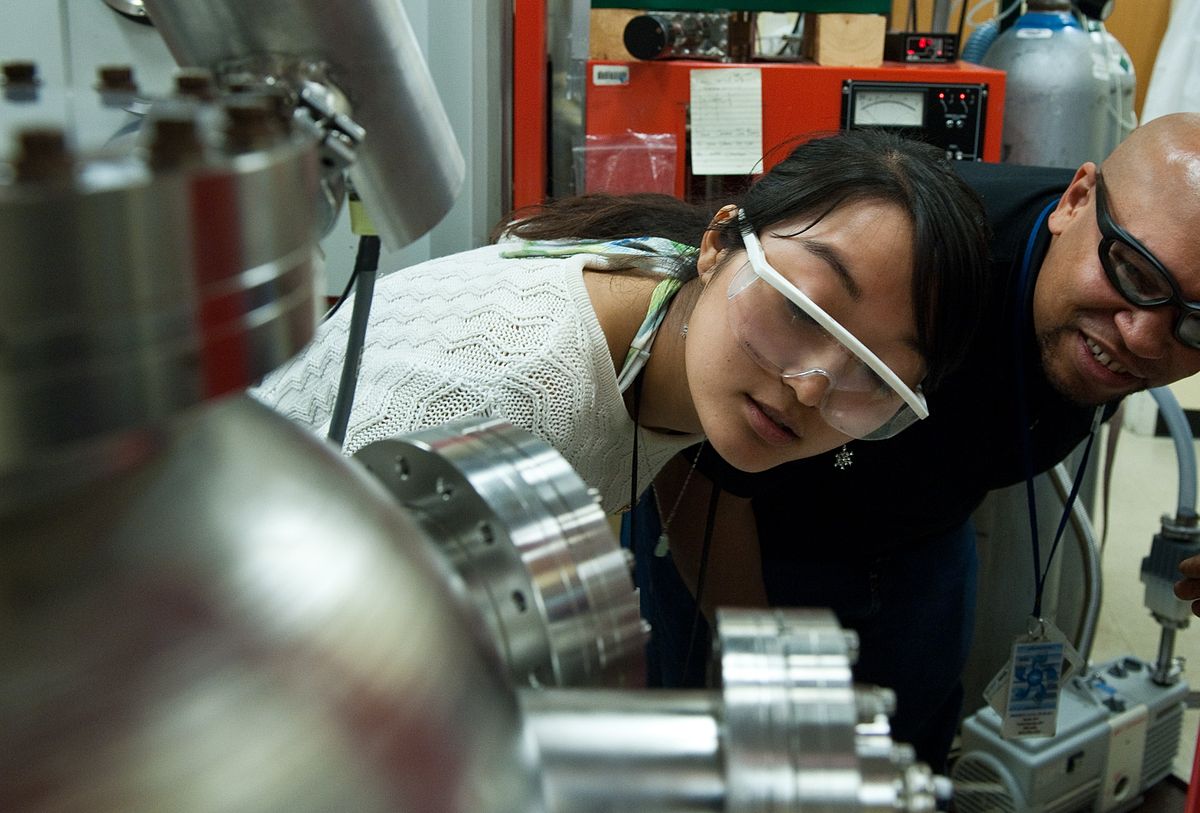
The U.S. Department of Energy has started huge initiatives to make worldwide solar power possible. According to energy.gov, demand and use for solar power in America is at an all time high. In the first quarter of 2012, developers integrated 85 percent more solar panels than the year before. Facilities producing solar power this year will produce over 3,000 megawatts of power.
But how do they test this technology? Do they just blindly put it out into the sunlight and see how it goes? Absolutely not. Through extensive testing involving solar simulators, Pyranometers and radiometers, photovoltaic analysts are able to quantify the effects and damages caused by sunlight on a wide variety of products.
The Basics
Solar Power uses a science known as “Photovoltaics”. Early adaptations of this can be found in the 1960s from the American Space Program, where they used solar panels to provide power to the Vanguard I. However, it started well before that. The first silicon solar cell was built by Bell Laboratories in 1954. The New York Times proclaimed this “the beginning of a new era”.
Most solar power generators work by having a silicon panel that gathers sunlight and heats water in a tube under it. The heated water is then brought to a boil and fed into a modified steam generator that creates power. The byproducts of the process are heat and steam, instead of smoggy pollutants.
Solar Simulators are an important part of photovoltaic science. In the field of testing products that either use or protect from the sun, solar simulators make it possible for companies to test products to ensure their effectiveness and safety before they reach the market, regardless of the nature of the product.
The Awesome Abundance of Solar Energy
Solar Energy is the most abundant power resource on Earth. Every minute, 173,000 terawatts of solar energy shines upon the earth, more than 10,000 times the World’s total energy use. Harnessing this power is a huge endeavor, but if done successfully, clean solar energy will cut down on pollution tenfold.
Concentrating Solar Power Technology, or CSP utilizes mirrors, sometimes thousands of them, to reflect and amplify solar light, collecting mass amounts of solar heat to create clean electricity. One CSP plant can power up to 70,000 homes, making it a relevant argument towards the practicality of solar energy.
At Solar Light, our simulators make it possible for these CSP manufacturers to test their products before creating massive solar arrays that require significant expenditures.
How Photovoltaics and Solar Power Save You Money
On top of the benefits to the environment, the use of personal solar power will save consumers money. The Energy Policy Act of 2005 applies to solar water heating systems and fuel cells, and it extends tax credit to people using alternative energy. This is not exclusive for people using solar energy, it also accommodates small wind-energy systems and geothermal heat pumps.
Accurate solar simulators during the testing process of these products ensure that people trying solar power are saving as much money as possible.
In the past, there was a limit to the rebate, about $3,000. However, legislation decided to remove this credit, and since 2008, there is no limit for the credit available for solar energy systems. It doesn’t even have to be the taxpayer’s principle residence—it can be real estate that they decide to install solar power for.
So in conclusion, try solar power; it’s eco-friendly, and it will definitely save you money.





